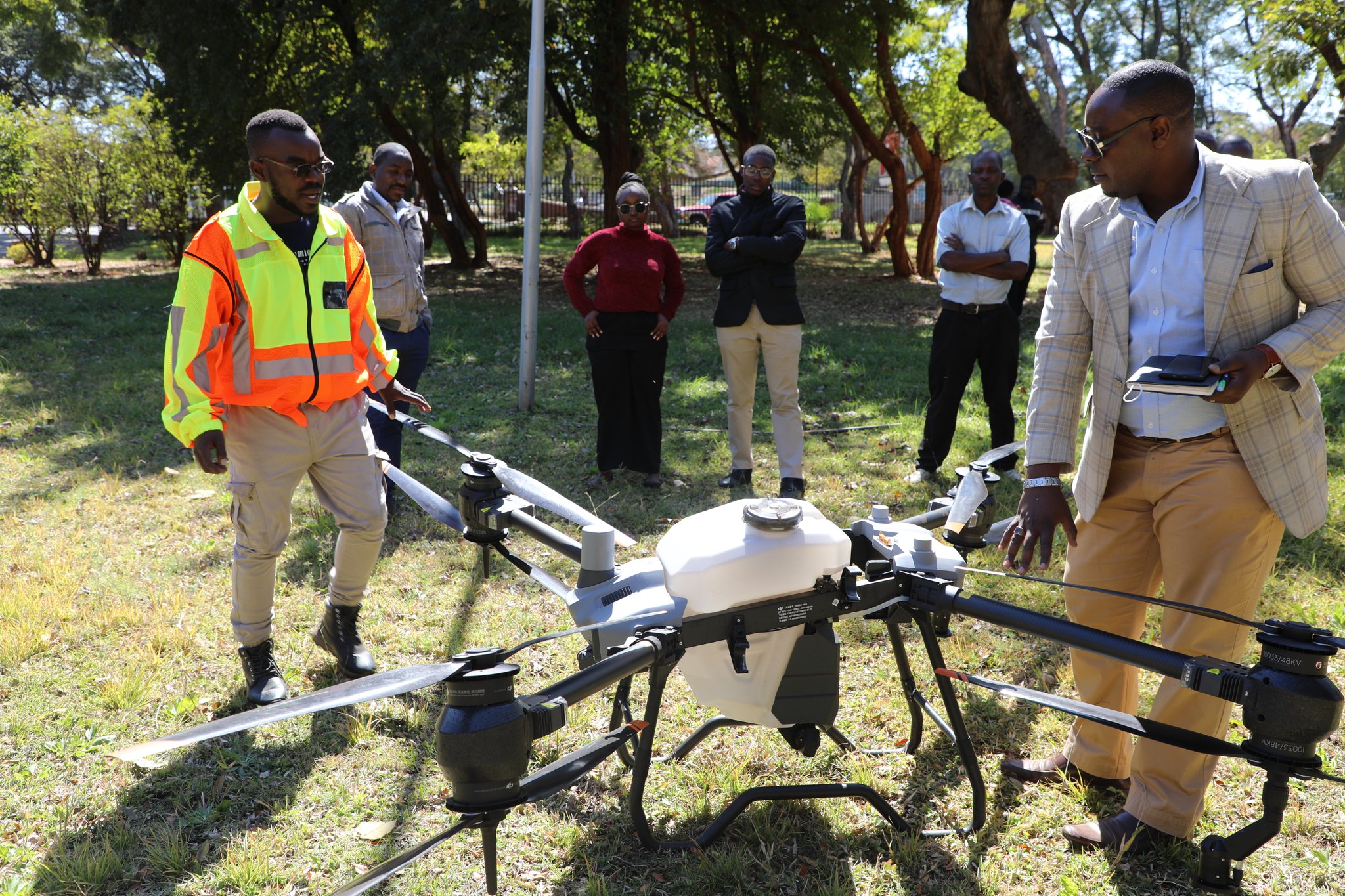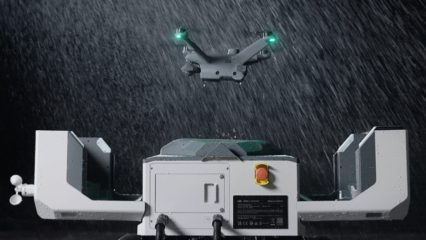Zimbabwe government purchases agric drones

It might go quietly now, but in the future, the drone industry might look back at July 17 2023 as the day the gods smiled upon it, and its luck started to change.
For on this day, the Zimbabwe government – through its agriculture ministry – revealed that it had purchased nine DJI Agras T40 agricultural drones, which would be distributed across eight provinces in the country to help deal with the menace of quelea birds that has been destroying cereal crops for a long time.
“The Ministry of Lands, Agriculture, Fisheries, Water and Rural Development received DJI Agras T40 drones at the head office today,” the government arm announced on its Twitter page.
“The drones were received by the Permanent Secretary, Dr John Basera, and are for the Eight provinces in Zimbabwe. Every grain counts, and every crop needs protection from migratory pests or harmful birds such as the quelea birds.

“We are modernising and aero-mechanising our agriculture in Zimbabwe. This way we are sure footed to build production efficiencies & competitiveness, ultimately.”
The drones will be under the ministry’s Department of Migratory Pests and Biosecurity Control for quelea bird control.
The department actually took the drones for a quick spin in the Midlands province one night, when targeted and sprayed trees in which the quelea birds were roosting for the night.
“The migratory quelea birds have become our biggest threat to wheat production with estimated yield losses exceeding 95 percent if uncontrolled,” Dr Basera said at a ceremony held to handover the drones.
“Today is a testimony to how serious as a ministry we are making sure that every grain counts as we target to export wheat and other cereal crops such as traditional grains. The decentralisation of spray operations to provinces shall ensure timely responses to outbreaks.”
Regarded as food in every part of Zimbabwe, quelea birds travel in large flocks and have beaks specifically designed to attack small cereal crops like wheat, sorghum, rapoko and millet.
The average quelea bird eats around ten grams of grain per day – roughly half its body weight – so a flock of two million can devour as much as 20 tonnes of grain in a single day. With an estimated adult breeding population of at least 1.5 billion, the Food and Agriculture Organisation estimates that agricultural losses attributable to the quelea in excess of US$50 million annually worldwide.
The ministry is now training operators who will be working with the drones in each of the provinces where they will be deployed.

For the pest control department Director Shingirayi Nyamutukwa the introduction of drone technology to pest control will add better coordination and contribute to greater success in minimising damage to this year’s winter wheat crop by huge ravaging flocks of quelea.
“We are currently undertaking training because we do not want any damage from this year’s wheat,” Nyamutukwa said.
“We are all geared to combat quelea birds. The birds have reportedly been seen in Hippo Valley, Birchenough and Shamva. We want to protect our wheat from these birds so we are well prepared to combat them so that our wheat productivity remains high. Farmers should continue scouting for the birds.”
Zimbabwe is reportedly expecting to harvest 420,000 tonnes of wheat this year.
Drone technology in the agricultural space was introduced to Zimbabwe a few years ago, by start-ups that include Alley Capita Group, Precision Aerial Zimbabwe and Afrostain.
But that that the government has joined the party, perhaps we should expect the industry to take a serious upturn in fortunes, and free farmers from persevering with the knapsack sprayers that expose them to the mortal dangers of chemical inhalation.






0 Comments